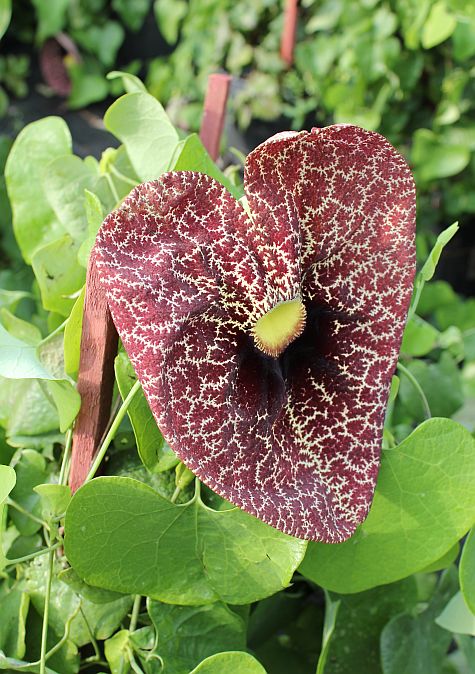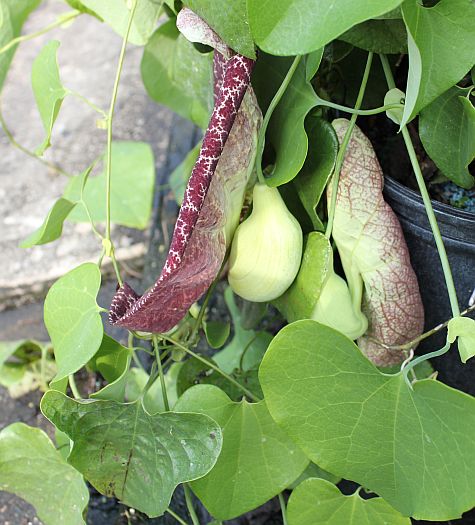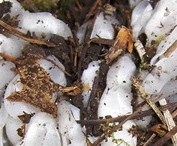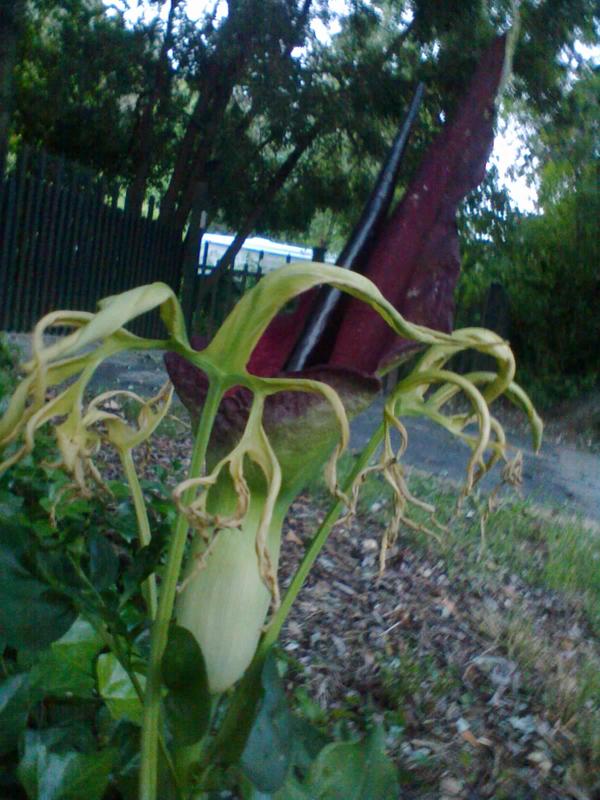I am just about the laziest gardener you’d ever want to meet. Around my field plots at the school things tend to look good –but that’s part of my job. Around my home, well, I probably water my plants once or twice a year, I fertilize every few years. I almost never use herbicides or any other weed control methods besides pulling – again, that happens once or twice a year. And I only mulch about once every two years or so (sorry Linda!). My yard does end up being a great place for my experiments on slugs, weeds, and odd methods of insect control, but it’s far from the pride of the neighborhood. Generally I plant things and let them either live or fail and just don’t worry about it that much if they can’t make it. That said, I think that I would fare better if I just accepted weeds as an integral part of my yard. It has already happened in my lawn. This year the clover has finally started to take hold. I’m happy about this because it will mean less fertilizer. In the back yard I’ve knocked out most of the thistle (hand pulling and a little bit of Round-Up), and now daisies are popping up. Sometimes they’re in spots where I’d prefer to have a lilac or rose – but hey, they’re not bad. It almost looks like I planted them on purpose.
My laziness recently however, reached a new level (my wife isn’t particularly pleased about it, but so far the summer has been busy enough that I’ve been able to find lots of excuses). On our back porch we usually grow some tomatoes or cabbage, or something in a container. This year we didn’t bother and so the container started to grow weeds. Specifically purslane. At first this seemed like a bad thing, but then it started looking … good. It filled out the container. It didn’t need any watering, and, by golly, it actually tasted good! Now tasting random weeds from your backyard (or uncared for container) is not something that I encourage. And even if you want to taste purslane have an expert (such as a botanist) confirm that it’s purslane before you go chomping on it. But that said, I tasted this stuff after I found out it was edible and now we have a new leafy veggie for our salads. Then I started figuring out all of the weeds in the yard, both front and back, that are edible. I already love clover flowers and I’m OK with young dandelion leaves. Shoot. I’m starting to think that if I could take my laziness to yet another level my family and I could eat salad all year without ever buying lettuce at the supermarket.










